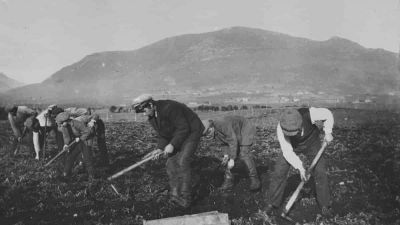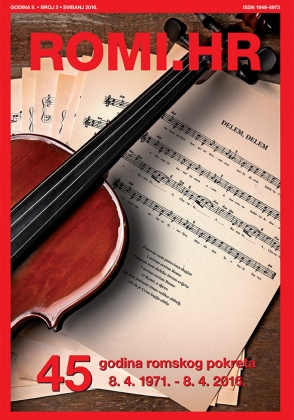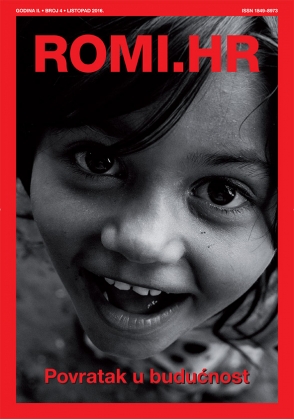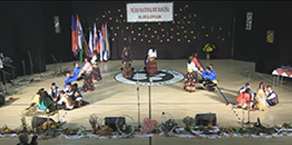Focus ROMI.HR
/In 1908, a labour camp opened in Norway where 506 Roma people were to spend a part of their lives. Was it an initiative that helped the less privileged people of society, or a hostile environment created to make people forget where they come from?
One of the most controversial parts of Norway’s history is the establishment and upholding of Svanviken Labour Camp. It was in service during almost the whole 20th century, and it made a big impact on the lives of many Roma people.
Before 1814, Norway was in union with both Sweden and Denmark, They broke out of the union with Denmark, and on May 17, 1814, they established their constitution, but stayed in union with Sweden. Needless to say, the people of Norway were generally unhappy about the union, and during the whole 19th century, the Norwegian independence movement kept on growing. This resulted in independence for Norway in 1905.
Although still in union with Sweden, the Norwegian authorities attempted to form a national identity and unite the country with the same values. In the year 1900, the Norwegian parliament passed a new law that was about to affect Roma people in Norway for decades. The law was named “The Law About Drifting, Begging and Drunkenness”, (Lov om løsgjængeri, betleri og drukkenskab), colloquially called “Løsgjengerloven”. Its purpose was to stop people from “drifting”, as they called it, namely to stop people from being without a permanent residence and a permanent source of income, and to provide them with more stable opportunities and help them out of poverty. The groups affected by the law were mostly Roma, other non-sedentary people, and also alcoholics.
The first Roma people came to Norway from Central Europe in the 1500s. It is not known how many Roma people lived in Norway when the law was established, some numbers suggest only a couple of thousand, and some suggest up to thirty thousand. The travelling people in Norway are of various origins. Parts of the indigenous Sami population lived a semi-nomadic lifestyle, as well as the Roma people. There is also a group of travelling people in Scandinavia who historically have been called “tatere”. Nowadays, it is in some cases viewed as a derogatory term against Roma people, but historically, it was used to describe a certain group of nomadic people.
Roma and other travelling people often moved through the country by horse, or by boat along the Norwegian coastline. Craftsmanship and trading were usual ways to make a living. Therefore, Løsgjengerloven affected Roma people, since many lived as what the Norwegian authorities called “drifters”.
To implement the law, the Norwegian government was assisted by “The Organization Working Against Drifting”, (Forening til omstreifervæsenets modarbeidelse), which was a Christian missionary organization working with vulnerable groups in society. Before the cooperation with the government, they were already running children’s homes, where children whose parents were not considered suitable lived. “The Organization Working Against Drifting” came up with the idea to establish a labour camp for the “drifters” to live and work in. With the help of the Government budget, the idea was followed through.
The camp was named Svanviken Labour Camp and was situated right in the middle of the Norwegian coastal line, in the small county of Eide. Svanviken opened in 1908 and was in service until 1989. The practices of the camp looked in different ways and many things changed through time, but the purpose stayed the same.
The purpose of the Camp was not for the inhabitants to live there permanently, but to make them adopt new habits and after the stay adjust to a normative way of life. The camp contained ten small houses meant for one Roma- or other travelling family per house. When one family moved out, another one moved in.
The 1957 secretary of Svanviken, Olav Bjørnstad, explained the purpose of the Camp like this: ”The idea of Svanviken is to bring adults and children into the rhythm and the obligations a sedentary life entails”. Hence, the idea of the camp was to act as a formative experience for the inhabitants, so that when they would be let out of the camp, they could adopt the habits and skills they learned and use them in their daily lives.
The period of living in the camp varied through time, but most contracts lasted for somewhere between 2-5 years. The fact that the inhabitants signed a contract might be viewed as proof that they were there of their own free will, but many of the people who signed the contracts did it since they were afraid to be put in prison or lose their children if they did not. Another reason for signing could be not having much money, and hoping that life in the camp would heighten one's living standard. After the time at the camp had passed, “The Organization Working against Drifting” would help the previous inhabitants economically and practically with finding a place to live.
The inhabitants of Svanviken were completely in the hands of the organizers and authorities of the Camp, such as the teachers, work leaders, administrators and so on. The freedom was limited, in such a way that the inhabitants were not allowed to move around freely inside the camp's borders, and of course, not outside of the Camp either. The inhabitants of the labour camp were provided with small houses to live in. The youngest children went to kindergarten, the older ones went to school, the adults went to work, and everything happened inside of the camp. The Labour Camp was organized as a miniature society, except that nobody was allowed to leave whenever they wanted to, or choose their career by themselves.
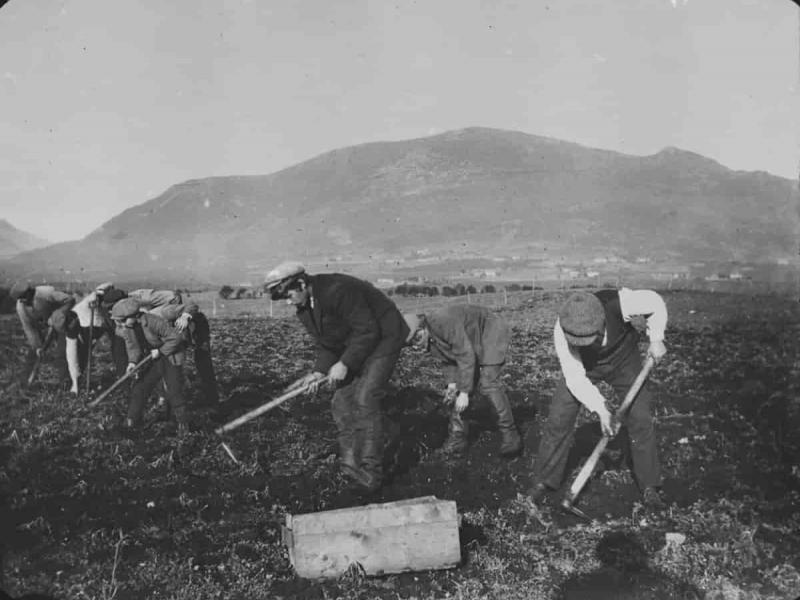
As their authorities saw the Roma as naturally lazy and unmotivated, they were given tasks that demanded discipline and hard work. The men got tasks involving hard physical work, for example, agricultural work, and the women were working in the household, taking care of cooking and cleaning. None of the Roma people in the camp were allowed to speak Romani, neither in the workplace nor in the schools.
After having moved out of the labour camp and into a residence outside of it, the Roma families were receiving unannounced check-ups from “The Organization Working Against Drifting”. They were making sure that the families had not gone back to the way they were living before entering Svanviken Labour Camp. The organization discouraged the previous inhabitants from contacting their relatives and friends, and they promoted living a rather isolated lifestyle.
Even though the houses of Svanviken are torn down today, the wrongdoings of the labour camp and the Norwegian government are still discussed. The project of Svanviken Labour Camp was a way of helping people out of poverty, and it is clear that the Norwegian Government and the organizers of the camp had good intentions. Teaching children to read and helping their parents economically is generally known to improve the living standard of people. However, there was no acceptable reason for the organizers to forbid the inhabitants from speaking their own language. Language is a big part of the own identity and culture, and everybody should have the right to embrace their heritage.
It is also clear that the public view, and the view of the government towards Roma people at this time, was quite prejudiced. As mentioned, Roma people were viewed as lazier than ethnic Norwegian people, and because of this, Roma people were considered a group that needed to be changed and adjusted to fit into the majority society. Seeing yourself as better than other people is not a good starting point if you want to help improve people’s lives. The Norwegian Government and “The Organization Working Against Drifting” obviously felt that they had the mandate to make decisions for the Roma people without considering the Camp inhabitants’ interests.
Svanviken Labour Camp went through many changes throughout the years, and the practices changed over time. The camp went through some radicalizations concerning their methods, and the amount of freedom for the inhabitants varied. Maybe the project would have been more successful if the Norwegian authorities had seen the value in giving the Roma people in Norway more influence over their destiny.
Photo Gallery:
 Back to Focus
Back to Focus

.jpg)
